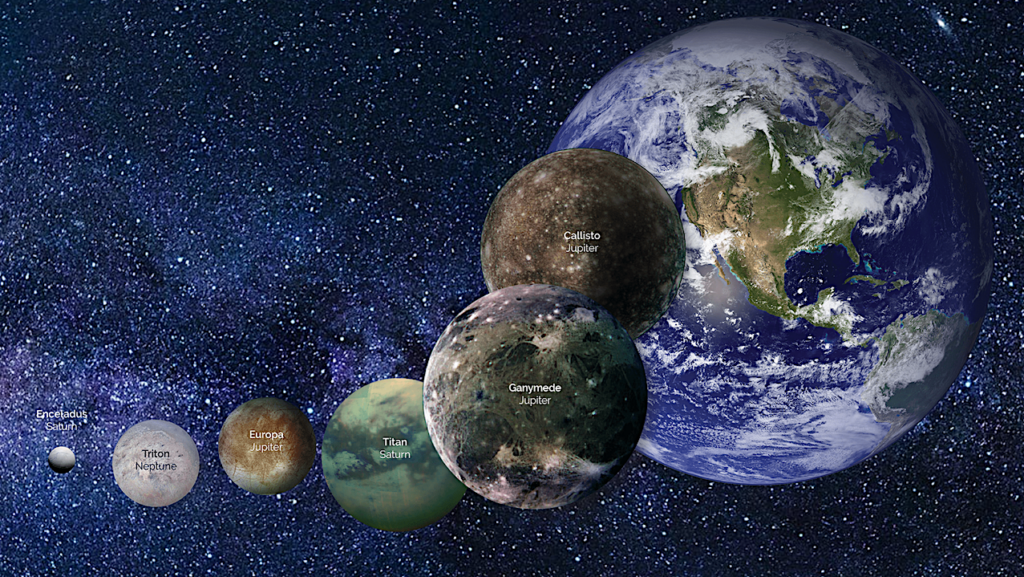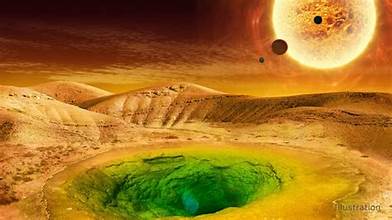Astrobiology, the scientific study of life in the universe, has been making significant strides recently. The quest to understand life beyond Earth has led to several groundbreaking discoveries that are reshaping our comprehension of the cosmos and our place within it. This article explores the latest breakthroughs in astrobiology and their implications for our search for extraterrestrial life.
1. Discovery of Exoplanets in the Habitable Zone
One of the most exciting advancements in astrobiology is the discovery of exoplanets within the habitable zone of their host stars. The habitable zone, often referred to as the “Goldilocks zone,” is the region around a star where conditions might be just right for liquid water to exist on a planet’s surface. Recent missions like NASA’s Transiting Exoplanet Survey Satellite (TESS) and the James Webb Space Telescope (JWST) have identified several exoplanets in this zone. For instance, the discovery of Proxima Centauri b, located just 4.24 light-years away, has sparked considerable interest. These findings provide promising targets for further investigation, as planets in these zones could potentially harbor life.
2. Advancements in Astrobiological Modeling
Astrobiologists have developed more sophisticated models to simulate the conditions on exoplanets. These models take into account various factors such as atmospheric composition, surface temperature, and radiation levels to predict whether a planet could support life. For example, simulations of exoplanet atmospheres have revealed potential biosignatures—gases like oxygen or methane—that could indicate the presence of life. Enhanced computational power and refined algorithms have significantly improved the accuracy of these models, making them crucial tools in the search for extraterrestrial life.
3. Exploration of Icy Moons in Our Solar System
The exploration of icy moons within our own solar system has also yielded promising results. Moons like Europa (Jupiter) and Enceladus (Saturn) have subsurface oceans beneath their icy crusts. The recent missions and research, such as the upcoming Europa Clipper mission, aim to explore these moons’ potential for hosting life. The discovery of organic molecules in the plumes of Enceladus and the evidence of a liquid ocean beneath Europa’s surface suggest that these moons might have the right conditions to support life.
4. Detection of Organic Molecules in Space
Organic molecules, the building blocks of life, have been detected in various locations throughout space. The discovery of these molecules on comets, asteroids, and even interstellar dust clouds has profound implications. For example, the Rosetta mission’s findings on the comet 67P/Churyumov-Gerasimenko revealed complex organic compounds that could be precursors to life. This suggests that the ingredients for life might be widespread across the universe, potentially seeding other planets and moons.
5. New Insights into Extremophiles
Extremophiles, organisms that thrive in extreme environments on Earth, provide valuable insights into the types of life forms that might exist elsewhere in the universe. Recent research into extremophiles has uncovered their ability to survive in extreme temperatures, pressures, and radiation levels. Studying these resilient organisms helps scientists understand how life might adapt to the harsh conditions of other planets and moons. For instance, the discovery of life forms in deep-sea hydrothermal vents has parallels to the environments on Jupiter’s moon Europa, where similar conditions might exist.
6. Advances in Biosignature Detection Techniques
Detecting signs of life, or biosignatures, is a crucial aspect of astrobiology. Recent advancements in detection techniques have improved our ability to identify potential biosignatures. For instance, next-generation telescopes and spectrometers can analyze the atmospheres of exoplanets with greater precision, searching for chemical imbalances or unusual gases indicative of biological activity. The development of these advanced tools enhances our capability to detect and study extraterrestrial life forms.
7. Implications for Humanity’s Search for Extraterrestrial Life
These breakthroughs have profound implications for humanity’s search for extraterrestrial life. The increased understanding of where and how to look for life beyond Earth is driving new missions and research efforts. The possibility of finding life on exoplanets or moons within our own solar system raises exciting questions about the nature of life in the universe and our place in it. As technology continues to advance, the future of astrobiology holds the promise of answering some of humanity’s most profound questions.
Conclusion
The latest breakthroughs in astrobiology are transforming our understanding of life beyond Earth. From the discovery of exoplanets in habitable zones to the exploration of icy moons and the detection of organic molecules, each advancement brings us closer to answering the age-old question: Are we alone in the universe? As research continues and technology evolves, the search for extraterrestrial life is poised to uncover new insights that could redefine our place in the cosmos.


